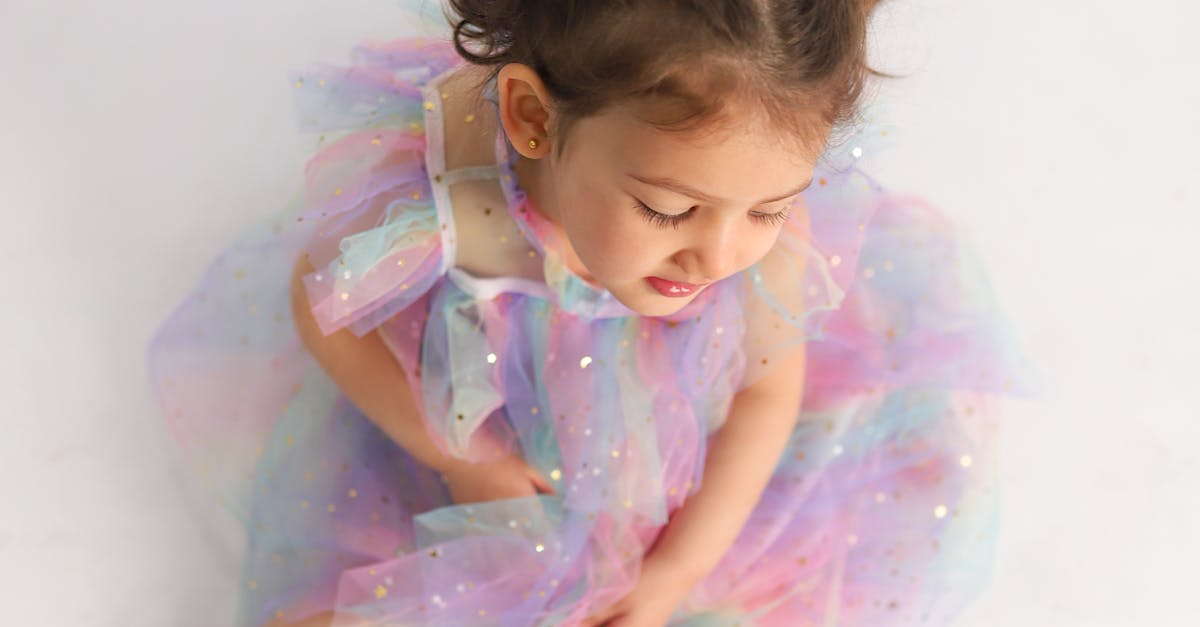
The Importance of Hand-eye Coordination in Child Development
Table Of Contents
g, exploring different textures, and playing with sensory bins help children refine their motor skills and enhance their ability to process visual information accurately.
Furthermore, sensory play allows kids to develop their fine motor skills through activities like threading beads, pouring liquids, or using tweezers to pick up small objects. These experiences not only improve hand-eye coordination but also enhance children's cognitive abilities by requiring them to focus, plan, and execute precise movements. By offering a variety of sensory play opportunities, parents and educators can support children in honing their coordination skills in a fun and stimulating way.
Tools and Toys to Aid Handeye Coordination Skills
Choosing the right tools and toys can greatly aid in developing hand-eye coordination skills in children. Simple toys such as building blocks are excellent for enhancing this ability. They require precise movements and visual coordination, helping children to improve their hand-eye dexterity in a fun and engaging way.
Another effective tool is a pegboard set, where children can practice threading pegs through the holes. This activity not only enhances hand-eye coordination but also improves fine motor skills. Toys like puzzles and shape-sorters also provide great opportunities for children to refine their hand-eye coordination in a playful manner. By incorporating these tools and toys into a child's playtime, parents and caregivers can actively promote the development of essential skills crucial for various aspects of a child's growth and learning.
Building Blocks
Building blocks are classic toys that have stood the test of time for aiding in the development of hand-eye coordination skills. These simple yet versatile toys require children to use their hands to pick up the blocks and place them in specific positions, improving their fine motor skills and spatial awareness. By manipulating the blocks to build structures, children engage both their hands and eyes in a coordinated effort, enhancing their dexterity and visual-motor integration.
Playing with building blocks not only strengthens hand-eye coordination but also fosters creativity and problem-solving skills in children. As they experiment with different arrangements and shapes, they are challenged to think critically and strategically about how to achieve their desired outcomes. This process of trial and error not only hones their hand-eye coordination but also encourages them to think outside the box and explore different possibilities, laying a solid foundation for their cognitive development.
pact on hand-eye coordination skills in children. Overuse of electronic devices can hinder the development of hand-eye coordination, as prolonged periods of staring at screens can lead to a lack of practice in activities that require the coordination of hand movements with visual cues.Sensorimotor Stage in Piaget's Theory
Setting limits on electronic device usage is essential in supporting the development of hand-eye coordination skills in children. Encouraging children to engage in physical activities that require hand-eye coordination, such as sports, drawing, or building with blocks, can help offset the negative effects of screen time. By establishing a healthy balance between screen time and hands-on activities, parents can promote the development of strong hand-eye coordination skills in children, setting them up for success in various aspects of their lives.
FAQS
How does hand-eye coordination benefit child development?2024-08-06
Hand-eye coordination helps children improve their fine motor skills, spatial awareness, and cognitive abilities. It also enhances their ability to perform everyday tasks more efficiently.
What role does sensory integration play in hand-eye coordination?
Sensory integration is crucial for hand-eye coordination as it helps children process and respond to sensory information effectively. This integration allows them to coordinate their hand movements with what they see.
Can sensory play activities help improve hand-eye coordination in children?
Yes, sensory play activities like playing with sand, water, or slime can enhance hand-eye coordination by engaging multiple senses simultaneously. These activities promote cognitive development and fine motor skills.
How do building blocks aid in developing hand-eye coordination?
Building blocks require children to use their hands and eyes together to create structures, enhancing their spatial awareness and problem-solving skills. This activity improves hand-eye coordination and dexterity.
How does excessive screen time impact a child's hand-eye coordination?
Excessive screen time can negatively affect a child's hand-eye coordination by limiting their physical activity and fine motor skill development. It is important to balance screen time with physical play to promote healthy hand-eye coordination.
Related Links
Activities to Improve Hand-eye Coordination in ChildrenTable Of ContentsParental Involvement in Nurturing Hand-eye Coordination Skills in ChildrenRole of Reflexes
Integrating Hand-eye Coordination Activities into Early Education Programs
Strategies for Enhancing Hand-eye Coordination in Early ChildhoodInfluence of Reflexes in Sensorimotor Stage Development
Supporting Hand-eye Coordination in Children with Developmental ChallengesExploration of Symbolic Play
What is the Sensorimotor Stage in Piaget's Theory?